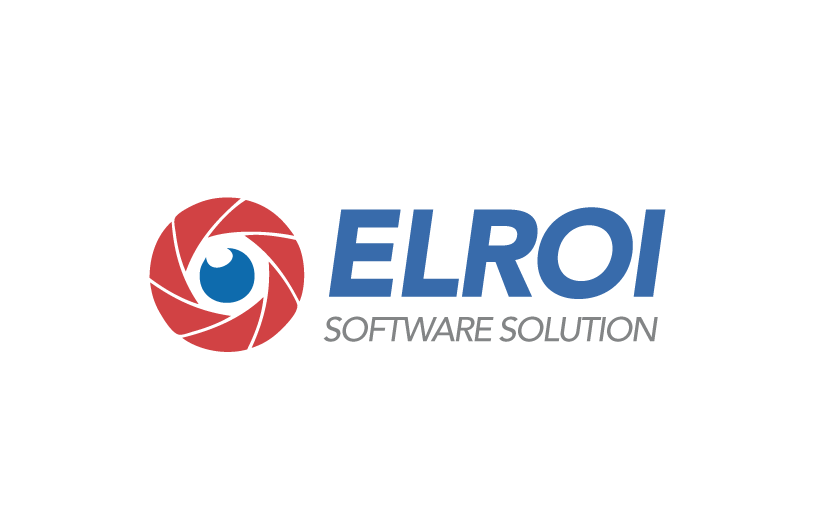Salesforce has a limitation on performing queries on a large number of records. Especially when your data is massive (assume more than 10k records per object) performing queries and performance of the system downgrades. That is where Big Object in Salesforce Comes into the picture. Let’s learn what Big Object is in Salesforce and Big Object implementation guide.
Leveraging Big Objects we can perform asynchronous queries to retrieve huge sets of data, without affecting the performance in a faster way. Big Objects can help you improve performance and scale your Implementation when your Data is huge in Salesforce!
What is Big Object in Salesforce?
A big object that stores and manages massive data values within Salesforce without affecting performance. Salesforce Big objects provide consistent performance for a billion records, and are accessible with a standard set of API’s to your org or external system.
Custom big objects can be created by the Metadata API. To define a custom big object, you need to create an object file that contains its definition, field’s, and index, with a Permission-set to define the permissions for each field, and package file to define the contents of the object metadata.
When to use Big Object in Salesforce?
Here are some reasons or use cases when we can use Big Object in Salesforce.
- Capture User Activity: Code reviews, time entries, page views, field audits etc.
- Retain Historical Data: Historical data is stored for compliance.
- 360 Customer View: Ancillary customer data e.g. Purchase Details, Transactions.








